10 Top Gardening Tips For Beginners – Wondering how to Start a Garden?
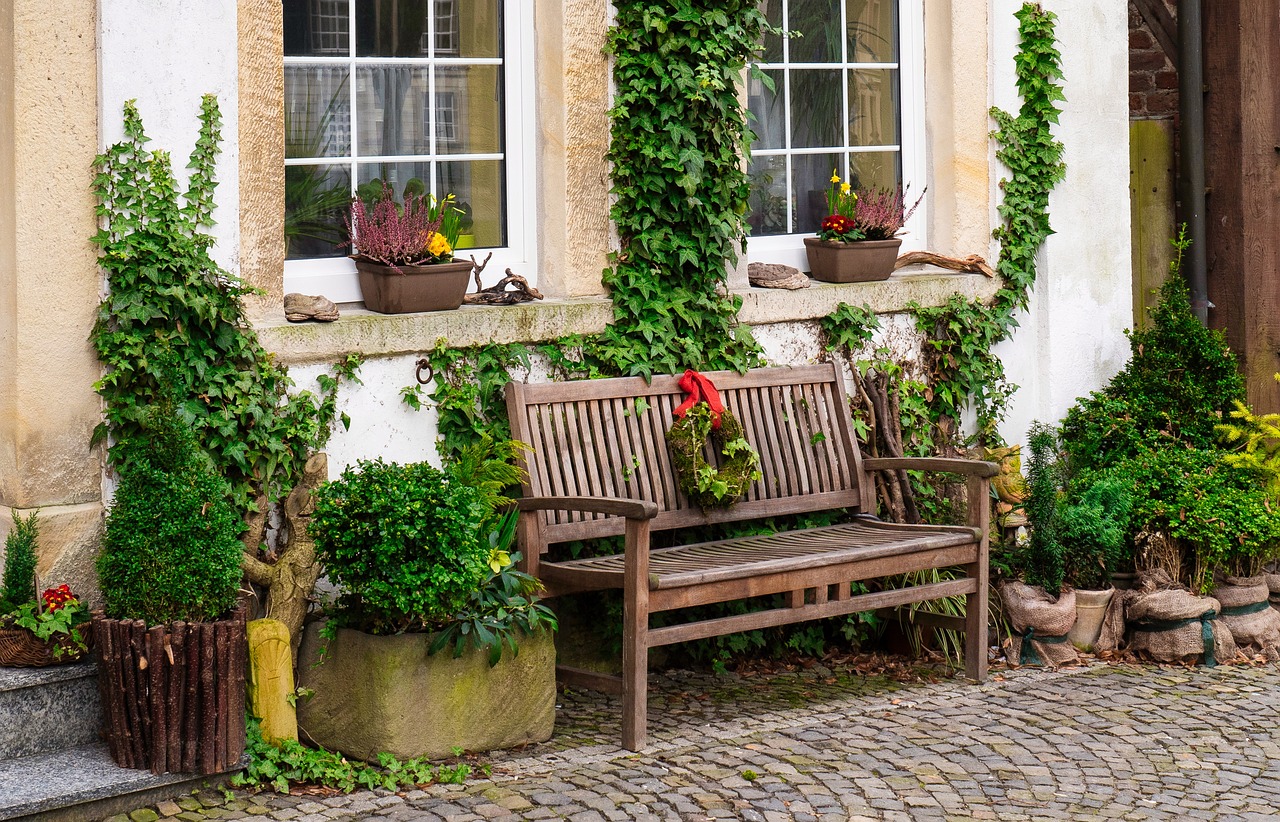
Starting a garden is a thrilling endeavor that offers the possibility of colorful blossoms, new harvests, and a stronger bond with the natural world. Launching a garden may be exciting and intimidating, depending on your level of experience and enthusiasm in creating your own green area. But have no fear—anyone can start from scratch and grow a successful garden with the correct advice and a healthy dose of passion.This article will examine the fundamental actions that set the stage for a fruitful gardening endeavor, providing guidance and crucial pointers for novices. Every stage, from picking the ideal plants to getting the soil ready, from planting methods to pest control tactics, is a foundation in your journey towards a bountiful and beautiful garden sanctuary.So, if you’ve ever wondered how to start a garden, look no further. Let’s dive into the heart of gardening and unlock the secrets to cultivating your slice of paradise.
Assess your space:
The most critical first step in beginning a garden is measuring your space. It sets up everything that comes after, including plant selection and layout planning. Take some time to study how the sun shines on your balcony or yard. Note which spots get full, partial, or have no sun during the day. For the best plant development, choose locations with lots of sunshine. Most vegetables and floral plants need at least six hours of sunlight daily. Examine your soil’s fertility, drainage, and texture in further detail. Make a tiny hole and see how fast the water empties. While clay soils hold moisture but can get waterlogged, sandy soils drain more rapidly and may require more frequent irrigation. Using a home testing kit, determine your soil’s pH and nutrient levels. Measure the available space for your garden beds, containers, or raised beds. Consider factors such as accessibility, proximity to water sources, and potential obstructions like trees or structures. Determine how much space you can allocate to your garden based on your gardening goals and available resources.
Choose your plants:
When creating a garden, selecting the proper plants is essential since it establishes the kind of atmosphere you will create and the ultimate success of your gardening efforts. Find the USDA Hardiness Zone in your area or the comparable zone system. This will assist you in determining which plants will thrive in your climate and growing environment. Plants that are designated as appropriate for your zone are more likely to flourish in your yard. When choosing plants, keep your garden’s dimensions and design in mind. Select plants whose height, spread, and growth habits blend well together and match the given area. If you’re short on room, go for vertical or compact growing kinds, or concentrate on container planting. Plants that match the sunlight conditions in your garden. Select sun-loving plants for areas with total sun exposure and shade-tolerant plants for shady spots. If your garden has varying light conditions, choose plants that can adapt to different light levels or plan your garden layout accordingly. Consider the level of maintenance each plant requires and how much time and effort you’re willing to invest in caring for your garden. Choose low-maintenance plants for busy lifestyles or beginner gardeners, and save high-maintenance plants for areas where you can provide the necessary care and attention.
Prepare your soil:
As the soil offers the vital nutrients and structure required for plants to flourish, preparing the soil is a crucial first step in creating a garden. To determine the pH and nutritional content of the soil, test it before adding any additions. You can send a sample for examination to a nearby cooperative extension agency or buy a kit for do-it-yourself soil testing. Knowing the makeup of your soil can assist you in identifying the necessary amendments. Adding organic matter, such as compost, aged manure, or leaf mold, may improve soil structure. Adding organic matter improves the soil’s fertility, drainage, and moisture retention, creating the ideal conditions for plant roots to develop and absorb nutrients. Make adjustments if the pH of your soil is too alkaline or acidic for the plants you want to cultivate. Add lime to raise pH in acidic soils or sulfur to lower pH in alkaline soils. Aim for a pH level within the optimal range for your chosen plants. Break up compacted soil by tilling or turning it with a garden fork or tiller. This aerates the soil, improves drainage, and facilitates root penetration. Avoid over-tilling, as it can disrupt soil structure and harm beneficial soil organisms.
Plan your layout:
Garden layout planning is crucial to making the most of available space, encouraging healthy plant development, and designing an aesthetically beautiful outdoor area. Take measurements of the length, breadth, and impediments or irregularities in the garden space. Look for any permanent fixtures, trees, or other things that may affect your arrangement. Determine the places that receive full sun, half shade, and complete shadow by monitoring the sunshine patterns throughout the day. Plants that require comparable amounts of sunshine should be grouped and placed in locations with shade for shade-tolerant plants and sunny positions for sun-loving plants. Create walkways or paths that offer simple access to various garden sections. Make sure the walkways are broad enough for people to walk comfortably, and think about adding rest stops or focus spots along the trip. Organise plants according to their maturity, growth habits, and spacing requirements. Place taller plants at the back or center of beds, with shorter plants in front to ensure proper light exposure for all plants. Consider companion planting to maximize space and enhance plant health. Take advantage of vertical space by incorporating trellises, arbors, or vertical planters for climbing plants, such as peas, beans, cucumbers, and tomatoes. Vertical gardening maximizes space and adds visual interest to your garden.
Start with healthy plants:
Establishing a good garden requires starting with healthy plants. Invest in plants from reliable nurseries, garden centers, or internet vendors renowned for their skill and high standards. Steer clear of purchasing from sources that exhibit illnesses, pests, or neglect. Examine plants for evidence of health and vigor before purchasing. Aim for robust stems, deep roots, and rich green foliage. Steer clear of plants with blemishes, drooping, or yellowing foliage since these might be signs of underlying problems. Look for indicators of common illnesses like powdery mildew or leaf spots on plants and indications of pests like aphids, mealybugs, or spider mites. To avoid bringing issues into your garden, don’t buy plants that exhibit symptoms of illness or infestation. Choose plants that are appropriate for the size of their pots. Avoid root-bound plants, with roots circling the container, as they may struggle to establish themselves in the garden. Select plants that are suitable for planting during the current season and compatible with your local climate and growing conditions. Avoid purchasing stressed plants due to being out of season or exposed to unfavorable conditions. Don’t hesitate to ask nursery staff or knowledgeable gardeners for advice and recommendations. Please inquire about the plant’s care requirements, including sunlight, water, and soil preferences, to ensure they align with your garden conditions.
Plant with a planned method:
To ensure the health and success of your garden, you must plant correctly. Clear the soil of rocks, trash, and weeds before planting. Use a garden fork or tiller to loosen the soil until it is at least 6 to 8 inches deep. Increase the fertility and structure of your soil by adding organic matter, such as old manure or compost. Carefully read the planting guidelines included on seed packs or plant tags. Make a note of the plant species you’re planting, suggested planting depth, spacing, and any special requirements. Based on the requirements of the particular plants you’re cultivating and the climate in your area, plant your garden at the right time. While some plants do better when planted in late spring or early summer, others do better in early spring. If planting seedlings, gently remove them from their containers, careful not to disturb the roots. If planting seeds directly into the soil, follow the seed packet’s recommended spacing and depth guidelines. Dig planting holes that are slightly wider and deeper than the seedling’s root ball or the size of the seeds you’re planting. Space planting holes should be made according to the recommended spacing for the specific plant species.
Provide adequate water:
Watering your plants enough is essential to their health and vitality, especially in the early stages of establishment. The amount of water that different plants need depends on their species, stage of growth, and surroundings. To find out how much water your plants need, research their requirements. Aim for deep watering less often, rather than superficial watering often. Consequently, plants become more vigorous and drought-tolerant by encouraging their roots to delve deeper into the earth. Thorough watering promotes soil moisture retention and reduces water runoff. If you want to reduce evaporation loss and maximize plant absorption, water your garden in the early morning or late afternoon. Avoid watering during the hottest part of the day to prevent water stress and leaf scorch. Water plants at the base near the soil level rather than overhead can lead to fungal diseases and water loss. Use a watering can, hose with a nozzle attachment, or drip irrigation system to deliver water directly to the root zone of plants.
Mulch your garden:
Mulching is an easy-to-do yet very effective way to improve the health of your soil, retain moisture, keep weeds out of your garden, and make your garden look better overall. Consider the requirements of your garden, the local climate, and your style when choosing a mulch. Common organic mulch alternatives include shredded bark, wood chips, straw, compost, and shredded leaves. While inorganic alternatives such as gravel or landscaping cloth can also be utilized, they don’t have the same beneficial effects on soil development as organic mulches. Ensure the soil is equally hydrated and clear of weeds before adding mulch. To prepare the ground for applying mulch, remove any existing weeds and use a garden rake or hoe to soften the soil’s surface. Using caution, uniformly distribute a layer of mulch over the soil’s surface, taking care not to pile it up against plant stems or trunks, as this can cause moisture-related issues and encourage pests and diseases. Aim for a mulch layer 2-4 inches thick for optimal weed suppression and moisture retention. Keep mulch several inches away from the base of plants to allow air circulation and prevent moisture-related problems such as stem rot or crown rot. Create a mulch-free zone, known as a “mulch ring,” around each plant to protect its root zone while minimizing the risk of pest and disease issues.
Monitor for pests and diseases:
Keeping an eye out for illnesses and pests is crucial to keeping your garden healthy and vibrant. Examine your plants frequently for indications of pests, illnesses, or other anomalies. Examine leaves, stems, blossoms, and fruits on their top and lower surfaces for any signs of disease, such as holes, chewed foliage, discoloration, spots, or odd growths. Learn about the typical illnesses and pests that affect gardens in your region. Acquire the ability to identify the signs and consequences of pests like aphids, caterpillars, and beetles, as well as illnesses like rust, blight, and powdery mildew. Use an integrated pest management strategy to control your garden’s diseases and pests.
This combines biological restrictions, cultural customs, least-toxic chemicals, and preventative actions to effectively manage pest and disease populations while minimizing harm to beneficial insects and the environment. Maintain good garden hygiene by keeping the garden clean and tidy. Remove fallen leaves, plant debris, and weeds regularly to reduce hiding places and breeding grounds for pests and diseases. Dispose of infected or diseased plant material properly to prevent the spread of pathogens. Attract and support beneficial insects such as ladybugs, lacewings, parasitic wasps, and predatory beetles that prey on garden pests. Plant diverse flowers, herbs, and native plants to provide food, shelter, and breeding habitat for beneficial insects.
Maintain your garden:
Throughout the growing season, garden maintenance is crucial to maintaining its health, beauty, and productivity. To keep weeds from competing with your plants for nutrients, water, and sunshine, remove them from your garden beds regularly. To maintain your garden beds neat and weed-free, use a hoe, hand weeding, or mulching. Keep an eye on the moisture content of the soil and water your garden as needed, particularly in the summer or during dry spells. To promote drought resistance and deep root development in your plants, give them deep, infrequent watering. Resupply the nutrients in the soil and encourage healthy development by feeding your plants with a balanced fertilizer or organic amendments. Observe the suggested treatment intervals and rates according to the particular requirements of your plants. Cut back any damaged or dead branches, flowers, and foliage to improve air circulation, reduce disease risk, and promote new growth. Deadhead spent flowers regularly to encourage continuous blooming and maintain the appearance of your garden. Provide support for tall or heavy plants such as tomatoes, peppers, and flowers by using stakes, trellises, or cages. This helps prevent plants from bending or breaking under weight and improves air circulation around foliage.
Conclusion
By adhering to these crucial guidelines, beginner gardeners may lay a strong foundation for a fruitful and satisfying gardening experience.
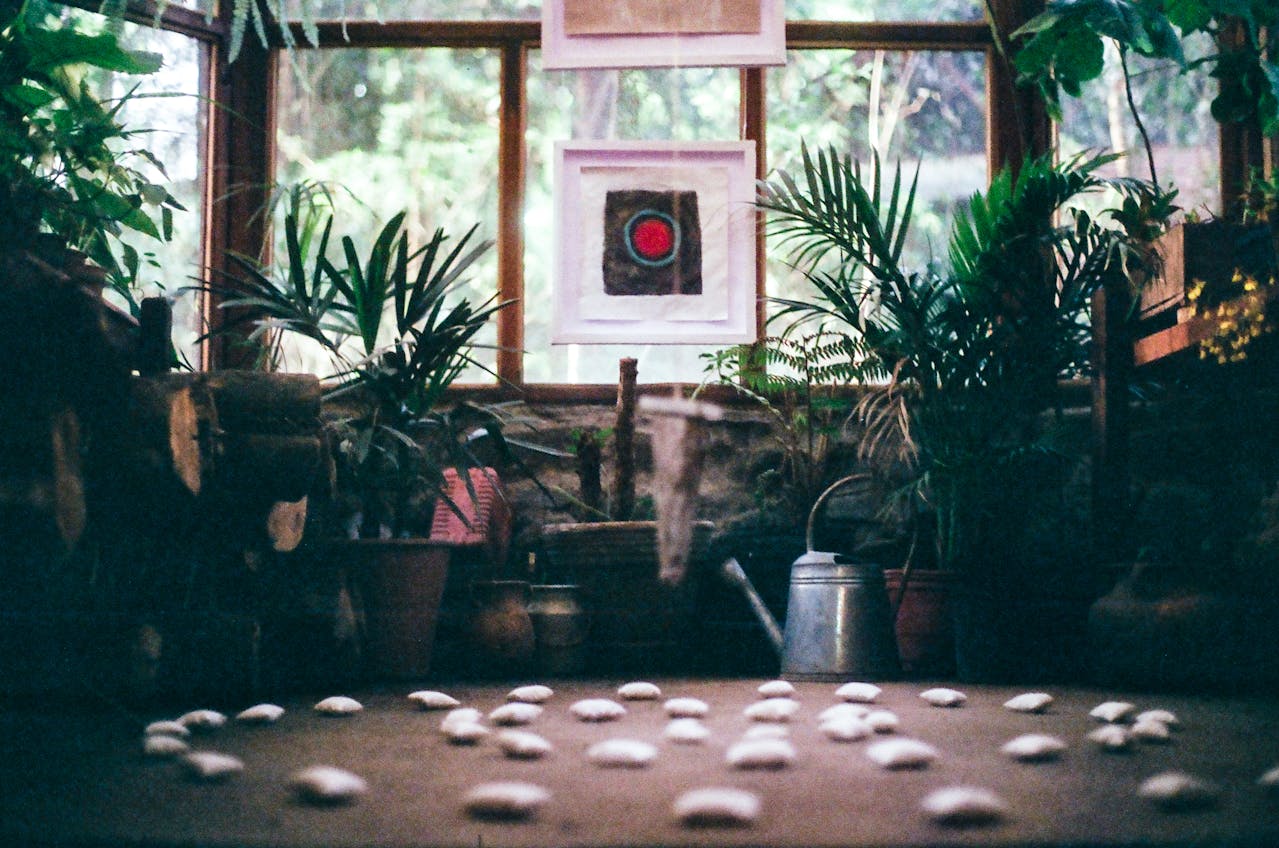
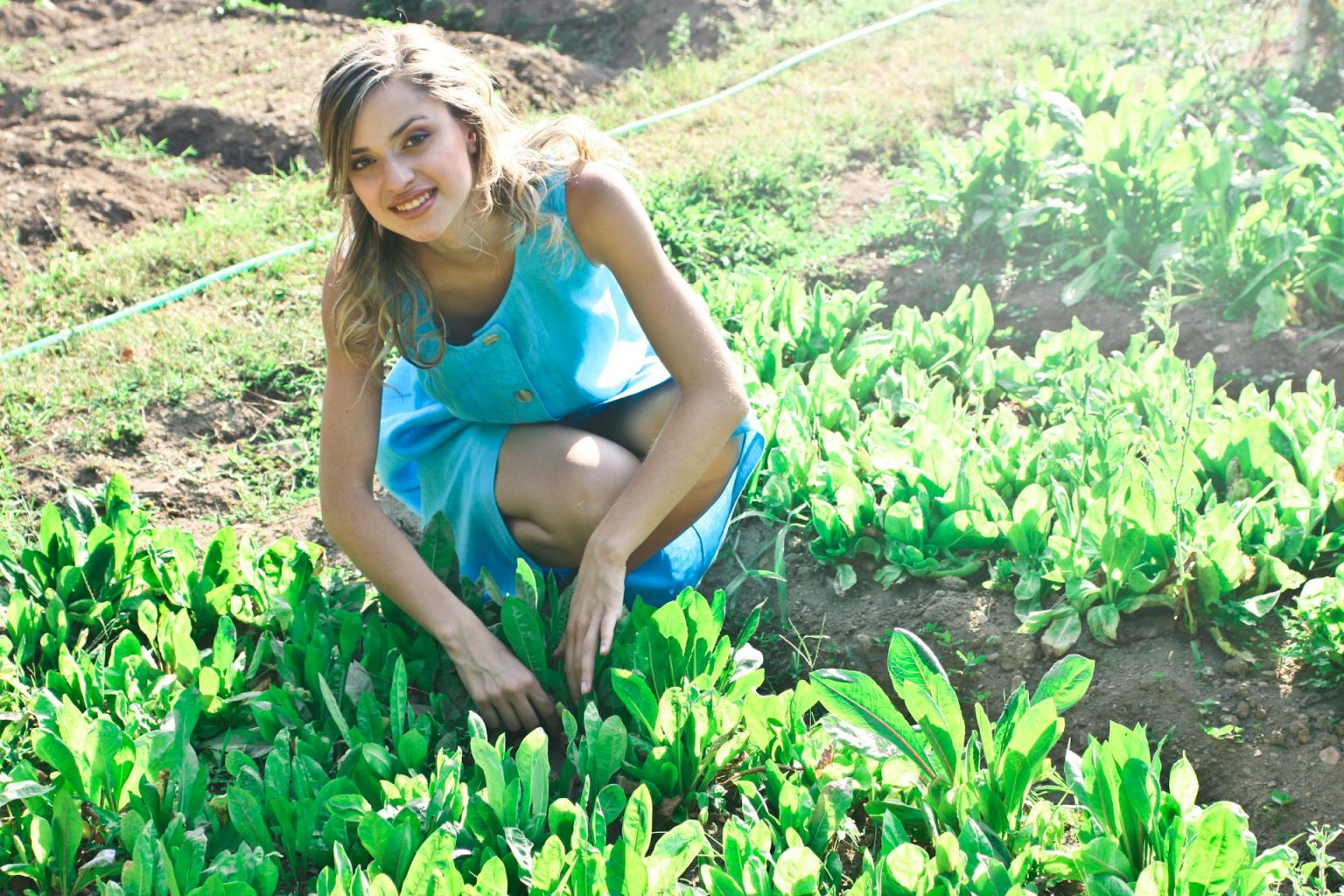

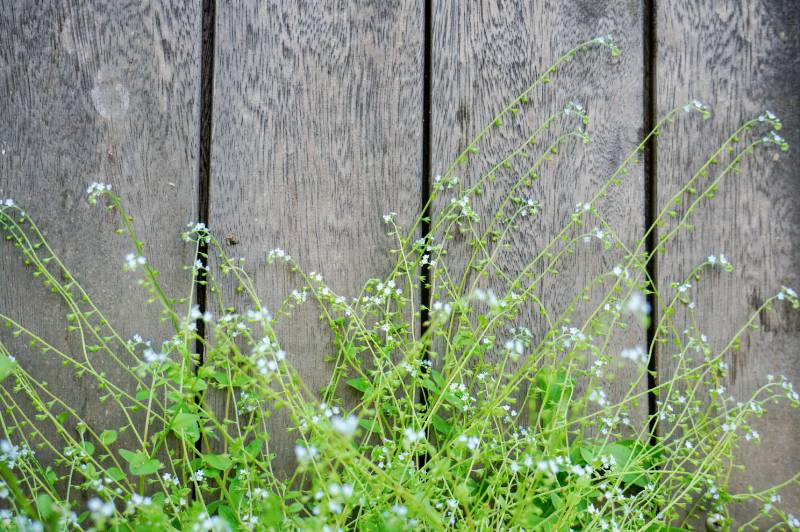
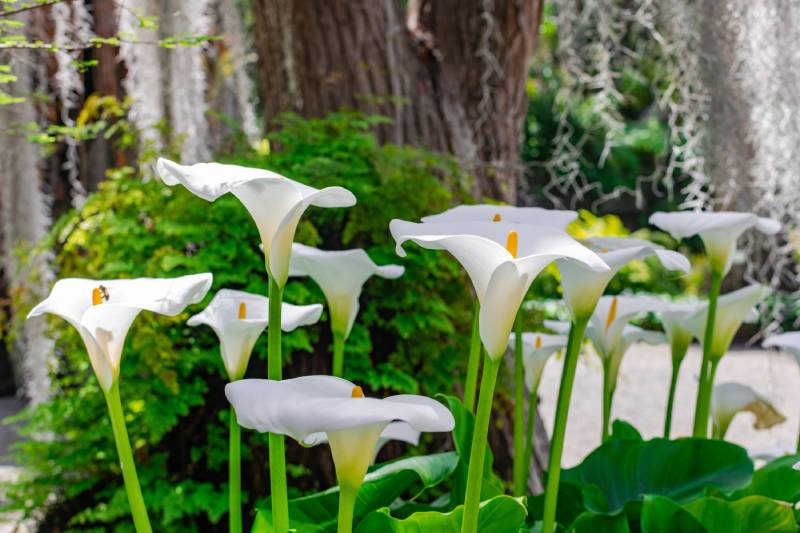
Leave a Reply